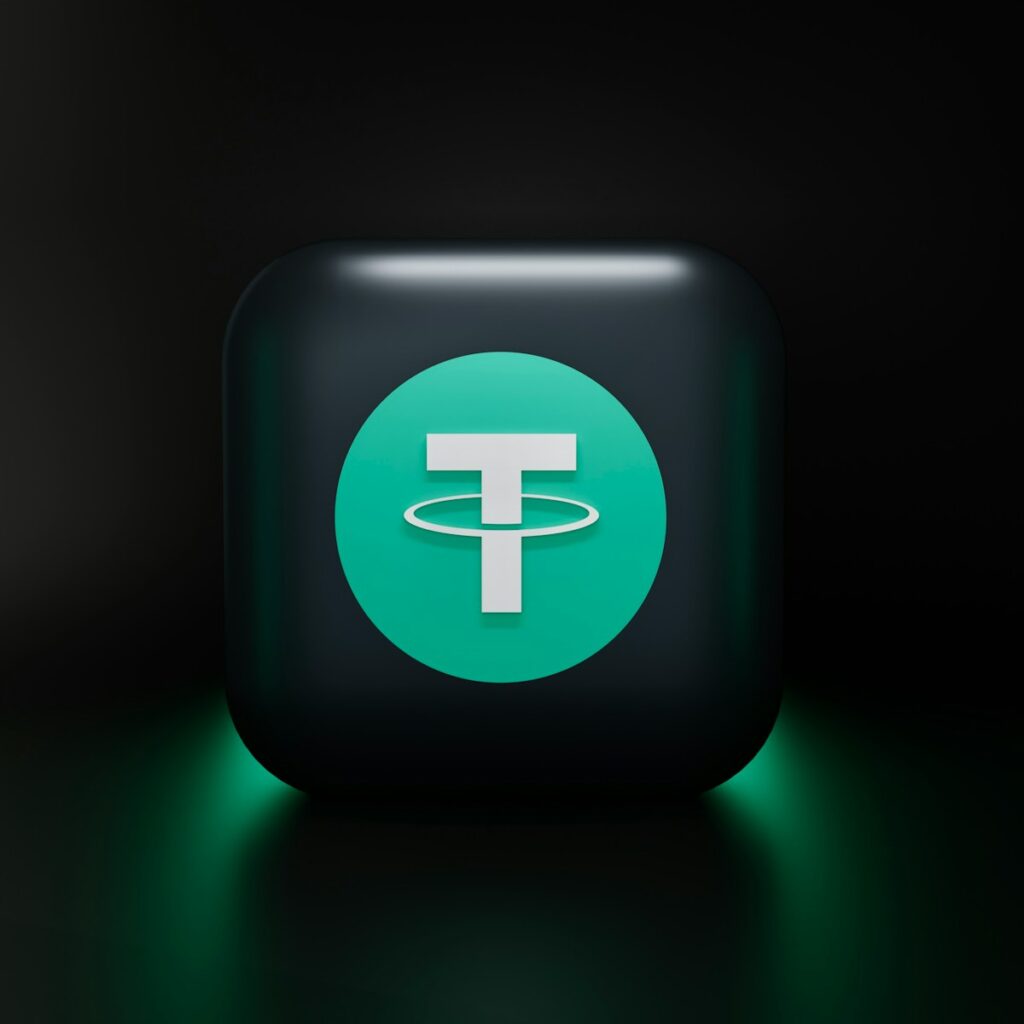Main Points:
- Tokenization of U.S. Treasuries shows potential benefits, especially in transparency and efficiency.
- The Treasury Borrowing Advisory Committee (TBAC) warns about risks from stablecoins like Tether’s USDT.
- Centralized control and permissioned blockchains may be essential for safe tokenization.
- The committee sees potential for stablecoins to support financial markets but with regulatory measures.
- The adoption of a U.S. Central Bank Digital Currency (CBDC) may overshadow stablecoins.
- Political and financial industry opinions on tokenization and CBDCs remain mixed.
Tokenization’s Potential in Financial Markets
The recent report from the U.S. Treasury Borrowing Advisory Committee (TBAC), comprising financial leaders from institutions like Citigroup and Goldman Sachs, has cast new light on the potential benefits of tokenization, specifically for U.S. Treasury securities. The report outlines how tokenization could streamline transactions and improve transparency in large markets like U.S. Treasuries, a sector where even small enhancements can yield substantial effects. The committee emphasized the ability of tokenized assets to reduce settlement risks through real-time, transparent clearing systems, a significant leap forward for large financial transactions.
“Tokenization could unlock the benefits of programmable and interoperable ledgers for a wider range of traditional financial assets,” the report noted, highlighting immediate and transparent transaction settlements.
The Role of Centralized Control in Tokenized Assets
However, TBAC underscored the necessity of centralized control in tokenized markets. The report pointed to the need for “trusted entities,” whether private or public, to oversee permissioned blockchain networks used for tokenized U.S. Treasuries. The committee suggested that permissioned blockchains could provide the necessary regulatory and operational oversight, which is critical to avoiding financial instability.
The report noted that tokenized markets could benefit from a “trusted central authority approach,” requiring buy-in from both private and public sector participants.
Stablecoins and Potential Risks: The Case of Tether
The TBAC report scrutinized stablecoins, especially Tether’s USDT, for their role in supporting tokenized transactions but also flagged the risks these assets pose. The committee expressed concerns that a collapse of a major stablecoin like Tether could lead to a rapid “fire sale” of U.S. Treasuries, as stablecoins are increasingly backed by short-term Treasury securities. This sudden liquidation could send shockwaves through the broader financial markets, highlighting the interconnected nature of digital assets and traditional finance.
“In the event of a collapse of large stablecoins, the potential for widespread financial stress could spill over into the U.S. Treasury market,” the report warned.

The Potential for CBDCs to Replace Stablecoins
TBAC suggested that Central Bank Digital Currencies (CBDCs) might eventually serve as a more stable foundation for digital transactions, potentially replacing the role of private stablecoins. While some Federal Reserve officials support a future CBDC that banks could administer, the concept remains politically contentious, with resistance from some Republican legislators. This political uncertainty could delay the adoption of a CBDC in the U.S., leaving room for stablecoins to remain relevant, albeit under tighter scrutiny.
The advisory committee hinted that “CBDCs could become the primary digital currency form, sidelining private stablecoins.”
Tokenization’s Impact on Real-World Asset (RWA) Markets
Beyond U.S. Treasuries, the TBAC report explored the wider applicability of tokenization in Real-World Asset (RWA) markets, suggesting it could create new economic structures and efficiencies across various sectors. However, tokenizing assets such as short-term government securities could challenge traditional banking by competing with deposits, potentially leading to disruptions in the banking system.
Tokenized markets “have the potential to reshape economic mechanisms but could destabilize banking if they rival traditional deposits,” the report cautioned.
The TBAC report reflects the financial industry’s cautious optimism about tokenization, recognizing its transformative potential while calling for controlled, centralized management. As the debate around CBDCs and stablecoins continues, this report underscores the need for a careful, collaborative approach to tokenizing financial assets, with potential benefits that could reverberate across global finance.


